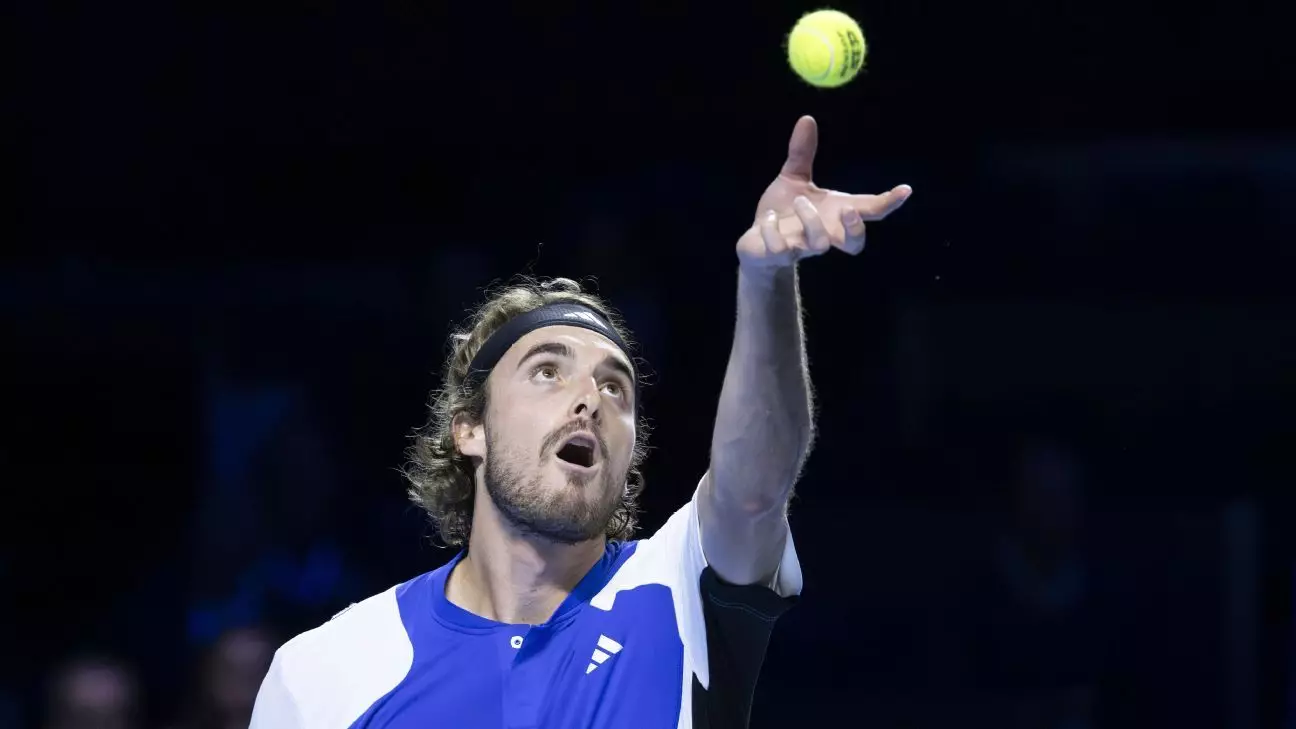The Strain of a Compressed Tennis Calendar A Call for Reform
Hey there! Today, we’re diving into a topic that’s been making waves in the tennis world—the ever-demanding and sometimes controversial tennis calendar. If you’re a tennis enthusiast like me, you’ve probably noticed the packed schedules that our favorite players endure. It’s a subject close to my heart because it highlights the incredible resilience of these athletes, yet also raises some serious concerns about their well-being.
Over the past few years, top players have voiced growing frustration with the current scheduling format, especially when it comes to those extended two-week ATP Masters 1000 events. Stefanos Tsitsipas, among others, has been quite vocal about how these tournaments can dilute competitive quality. The crux of the matter is that the relentless cycle of matches leaves little room for recovery and training, potentially impacting both health and performance on the court.
Key Takeaways
- The current tennis schedule is seen as overwhelming by many top players.
- There is a growing concern about the lack of recovery time between matches.
- Changes to the schedule are being introduced but not all players agree with them.
- Balancing player well-being with tournament demands is a key challenge.
The Risk of Injuries Amidst the Demand for Performance
The frantic pace of two-week events leaves little room for essential recovery and preparation that players need to maintain peak condition. Former player Andy Roddick has emphasized that more frequent matches often lead to increased injuries. Traditionally, week-long events offer a more balanced schedule, allowing players to build their physical and mental strength during vital off-weeks. This balance is crucial in sustaining long-term athletic performance and ensuring players remain at their best throughout their careers.

Carlos Alcaraz, the young Spanish star, has also weighed in on this issue, highlighting the mental toll an overly packed tournament calendar can take. With tournaments blending into each other, he admits struggling to keep his motivation high—something detrimental for long-term success. These revelations underscore that mental health is just as important as physical fitness in sports. Players are increasingly seeking a recalibration in how they manage both aspects of their careers.
A Holistic Approach Recognizing the Need for Balance
Alexander Zverev offers another perspective by pointing out potential benefits of two-week Masters events for lower-ranked players. These events provide exposure and experience opportunities, allowing emerging talents to showcase their skills. However, Zverev’s criticism highlights the disparity faced by top-ranked players who need balance in their professional lives. He argues that true rest involves more than just a day off in a different city; it’s about being in familiar surroundings with loved ones.
This conversation brings up important considerations about professional tennis’s future and the necessity for meaningful reforms within ATP. Players’ voices are resonating more than ever before, calling for structured approaches maintaining sport’s high standards while prioritizing player well-being. Tennis leaders must weigh commercial and logistical benefits against athletes’ physical and mental strains to ensure sustainable careers in this demanding sport.
Final Thoughts
The debate around ATP’s scheduling isn’t solely about logistics—it’s at the core of athletic performance, health, and tennis as a sustainable career path. As these discussions expand, there’s hope they inspire frameworks that enhance both game quality and athlete well-being. After all, we want our favorite players to shine on court without compromising their health or happiness. Let’s keep watching this space as reforms hopefully unfold in favor of a balanced approach benefiting everyone involved in this beautiful game.
tennis calendar
athlete well-being
ATP Masters 1000
player performance


Leave a Reply